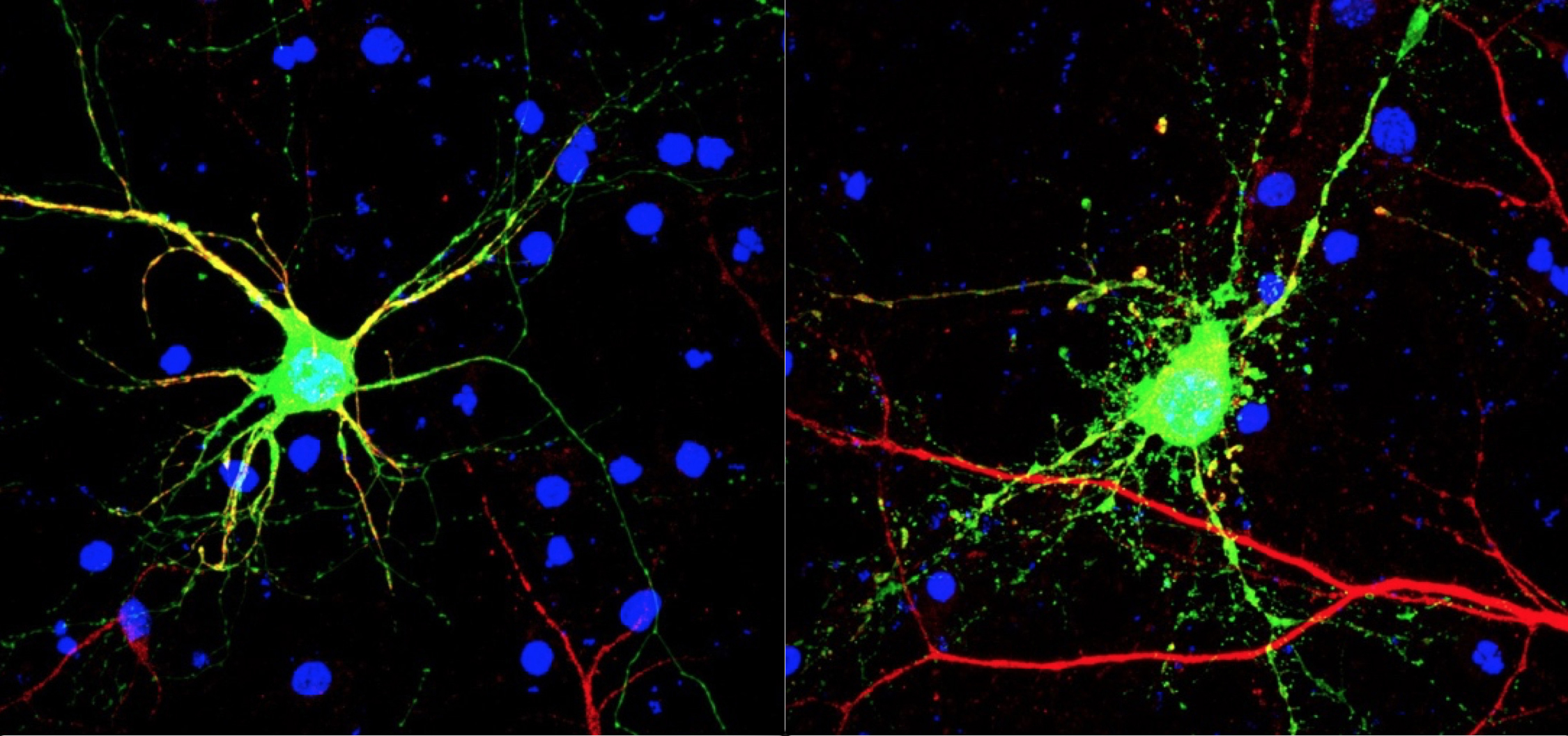
THIS ARTICLE IS MORE THAN FIVE YEARS OLD
This article is more than five years old. Autism research — and science in general — is constantly evolving, so older articles may contain information or theories that have been reevaluated since their original publication date.
Mutations in people with autism that affect protein production lead to neuron abnormalities. Mice missing a copy of a gene called GCN2 that limits protein production have autism-like features. The unpublished results were presented yesterday at the 2016 Society for Neuroscience annual meeting in San Diego.
The findings add to evidence that protein production is impaired in autism, says Anna Vorobyeva, a postdoctoral associate in Eric Klann’s lab at New York University, who presented the work.
Vorobyeva and her colleagues searched a database of families affected by autism for mutations in proteins that regulate the gene EIF2A. This gene initiates the process of translating mRNA into protein. (The database, called the Simons Simplex Collection, is funded by the Simons Foundation, Spectrum’s parent organization.) Previous work from Klann’s lab implicated problems with protein translation in fragile X syndrome, an autism-associated condition.
The researchers identified more than 40 mutations in three genes that activate EIF2A: GCN2, PERK and PKR. Most of the mutations are inherited and ultra-rare, meaning they occur in less than 1 percent of the population.
The researchers homed in on ‘severe’ GCN2 mutations: those that wipe out the function of the protein and that occur in people with autism who have low intelligence quotients.
GCN2 typically puts the breaks on protein production. When the researchers introduce the mutations into cells, protein production goes into overdrive. They also tested the effects of three GCN2 mutations in mouse neurons. All of the mutant neurons have large nuclei and disorganized branches — a sign of immaturity, says Vorobyeva.
Lost in translation:
The researchers also looked at mice missing a copy of GCN2. The mutant mice have neurons with an unusual number of branches close to their cell bodies. They are quick to bury marbles in their cage bedding and do so repeatedly, and spend longer than usual grooming themselves. These features are akin to the repetitive behaviors seen in autism.
The mutant mice also have cognitive problems. They learn to associate a particular sound with a foot shock, but take longer than controls to dissociate the sound from the shock when the two are no longer related. They also spend more time than controls in one side of a T-shaped maze, a sign of problems with their working memory.
The researchers are testing the effects of mutations in PERK and PKR on protein production. They also plan to study neurons derived from the skin cells of individuals with mutations in GCN2, PERK and PKR and test whether drugs can reverse any abnormalities.
Mutations in the genes are unlikely to cause autism, as they are often inherited from unaffected parents. But they may work in concert with other factors to raise autism risk, Vorobyeva says.
For more reports from the 2016 Society for Neuroscience annual meeting, please click here.
By joining the discussion, you agree to our privacy policy.